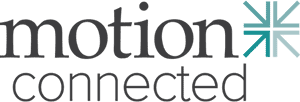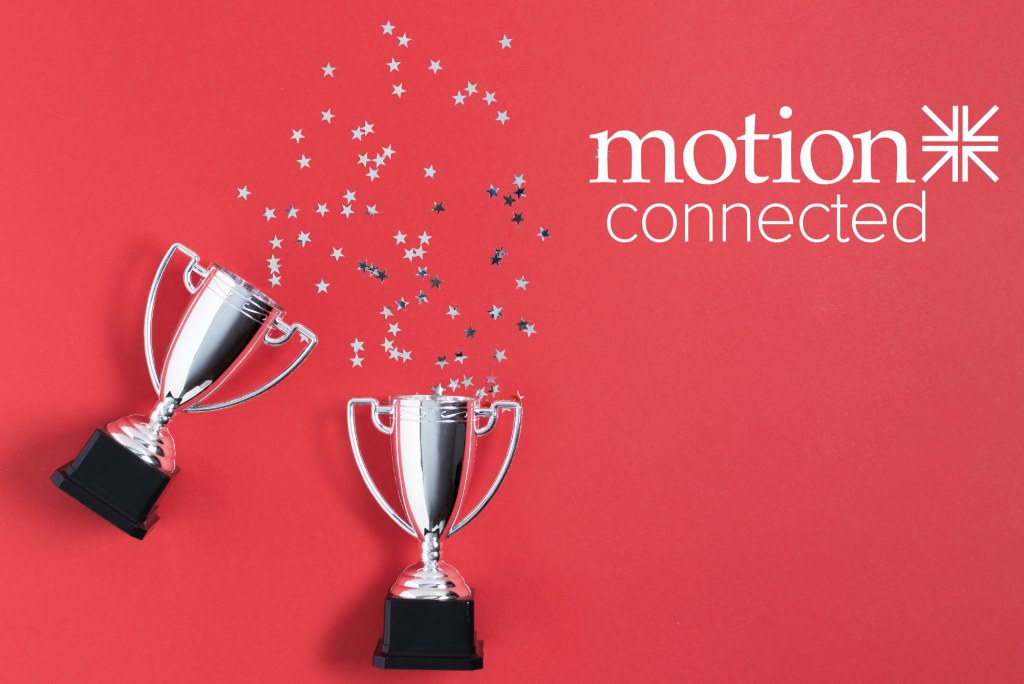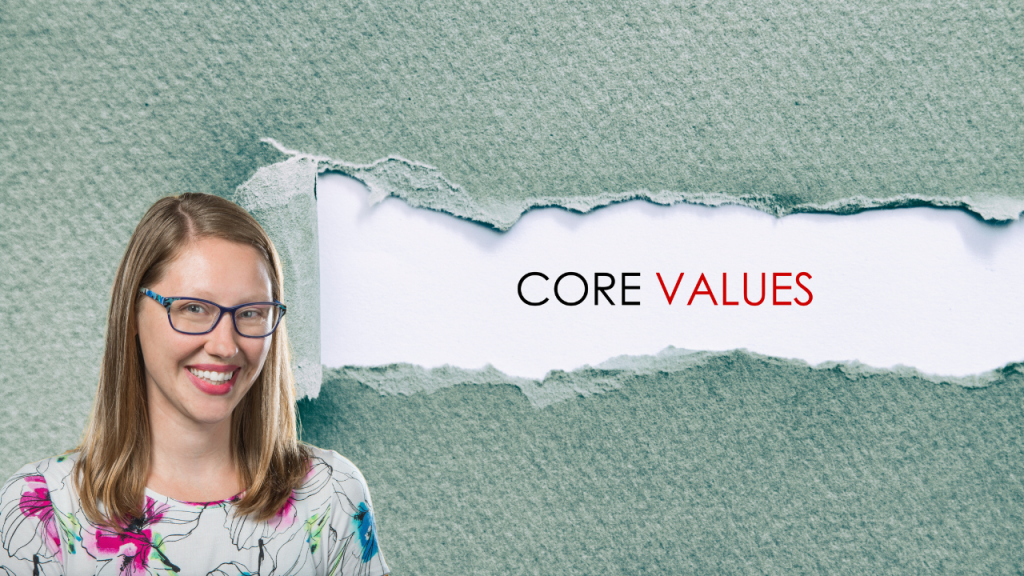For years, we’ve helped clients build wellness and engagement strategies tailored to their people. And without fail, one key decision comes up every time: how should we design rewards and recognition to support participation?
There’s no one-size-fits-all answer. We’ve seen just about every combination: creative prize drawings, premium discounts, PTO rewards, cash cards, company swag and more. While every organization’s culture and budget are different, what works best tends to come down to this: a strategy that aligns with your goals, your people, and your resources.
Three Reward Models: Earn It, Win It, or Blended
The most common approaches we see fall into three categories:
1. Earn It
Everyone who completes the goal receives the reward.
Why it works: It motivates steady effort and gives people a clear path to earn their reward.
Common examples: Premium differentials, cash rewards, PTO hours, company swag.
Best for: Organizations wanting to reward behavior directly, even if it means budgeting flexibly based on participation.
2. Win It
Participants who complete the goal are entered into a drawing for a chance to win.
Why it works: It creates buzz, keeps budgets predictable, and appeals to thrill-seekers.
Common examples: Large gift baskets, $500+ prizes, event tickets, unique experience gifts.
Best for: Organizations looking for fixed-cost engagement with some fun and flair.
3. Blended Approach
Earn a reward plus a chance to win something bigger.
Why it works: It’s the best of both worlds. Broad participation with the added spark of surprise.
Common examples: Earn a $75 gift card and be entered into a $500 drawing, or earn health savings account contribution plus raffle entries for large prize.
Best for: Driving both effort and energy, especially in diverse workforces.
What the Data Says
According to our 2025 Employee Wellbeing & Engagement Trends Report:
- Companies spending $500 or more per employee saw higher participation (49%) than those under $500 (39%).
- While average incentive budgets in 2025 dropped slightly from $737 to $610 per employee per year, 27% of companies still invest over $1,000 per person.
- Cash and gift cards continue to lead, but creative ideas are growing. Think cooling towels, extra casual dress days, free meals.
- The trend? Making rewards feel more personal, practical, and fun.
Real-World Ideas That Go Beyond Cash
Your strategy doesn’t have to break the bank. In fact, some of the most memorable and motivating incentives we’ve seen came from this list of client-tested ideas:
- Unique Experiences: Lunch with the CEO, “Boss for a Day,” or VIP parking spots
- Wellness Perks: Standing desks, massage vouchers, yoga mats, or healthy meal kits
- Recognition-Based: Shout-outs in team meetings, digital badges, wellness walls, or spotlight emails
- Team-Based Rewards: Step challenges with a group prize like a team lunch or swag bundle
- Surprise & Delight Moments: Random giveaways for participation, like a “Wellness Wheel” or “Scratch-and-Win” card
(Explore more incentive ideas here)
Final Thoughts
Behavior change is hard. If it weren’t, we’d all be doing it. A good program taps into motivation theory by rewarding effort, progress, and outcomes while also adding a little external push to get things moving.
Whether you’re offering a guaranteed gift, a chance at something bigger, or a bit of both, the key is to keep it meaningful, timely, and connected to what matters most to your employees. And that’s something we’re always here to help with.




